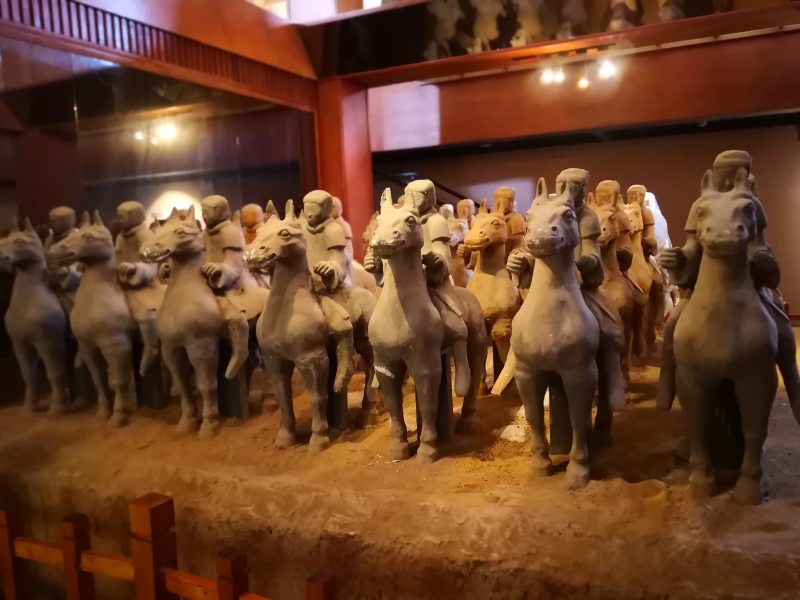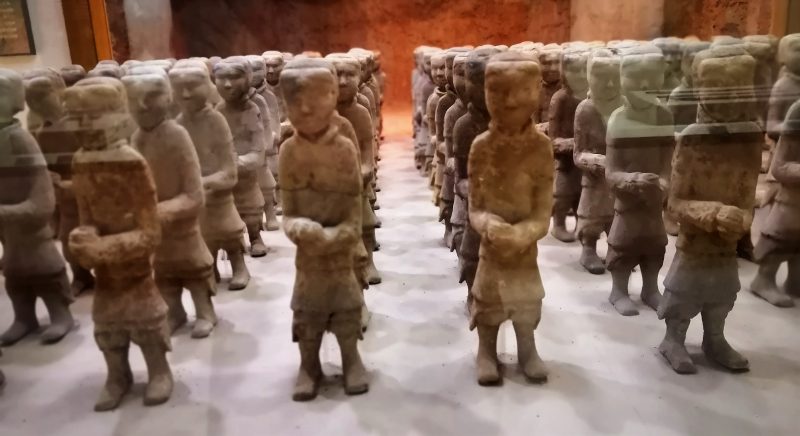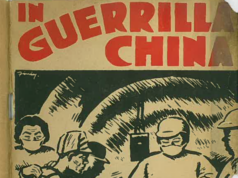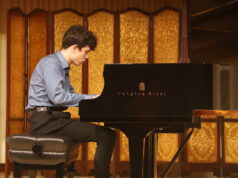We all know of the Terracotta soldier in Xi’an, the guardians of Qin Shihuang’s tomb 秦兵马俑. But what about Han dynasty terracotta soldiers 韩兵马俑?
Liu Bang formed a peasant army which overthrew the short lived Qin dynasty, becoming the first Han dynasty emperor, re-named Gao Zu, reigning from 202 BC to 195 BC. He set about releasing the people from the tyranny that Qin Shihuang had ruled with, and the devastation following the destruction of the Qin dynasty. He reduced taxes, reduced spending and developed agriculture. He placed restrictions on the corrupt merchants of the Qin, and placed heavy taxes on them.
He also made peace with his rivals and reunited the country. He consolidated his power by appointing his sons and relatives as princes in subjugated kingdoms, and replaced the strict ‘legalist’ ideas of Qin Shihuang with Confucian ideas.
In 1995 in Xuzhou city, northern Jiangsu province (and sister city to Hawkes Bay regional Council) a Han tomb was uncovered. Like the famous site in Xi’an, pits of warriors have been uncovered to protect the tomb. It is the tomb of Liu Wu, the third king of the Chu kingdom of the early Western Han Dynasty.
Considered an important discovery in the history of military command, it shows a continuation of the structure used in the Qin dynasty with soldiers conscripted and given positions according to their military prowess. All men between the ages of 18 and 55 had to serve a minimum of two years. Later in the western Han period, compulsory military service was replaced by a mercenary system.
In all six pits have been discovered, with two containing soldiers and horses arranged in military order. They differ from the Xi’an soldiers in their size, at 40 cm, and the pits are smaller, but they convey the same concept of protecting the king, or emperor, in the afterlife. Perhaps this smaller site expresses the reduced extravagance and spending that the Qin Emperor had imposed on his kingdom.







